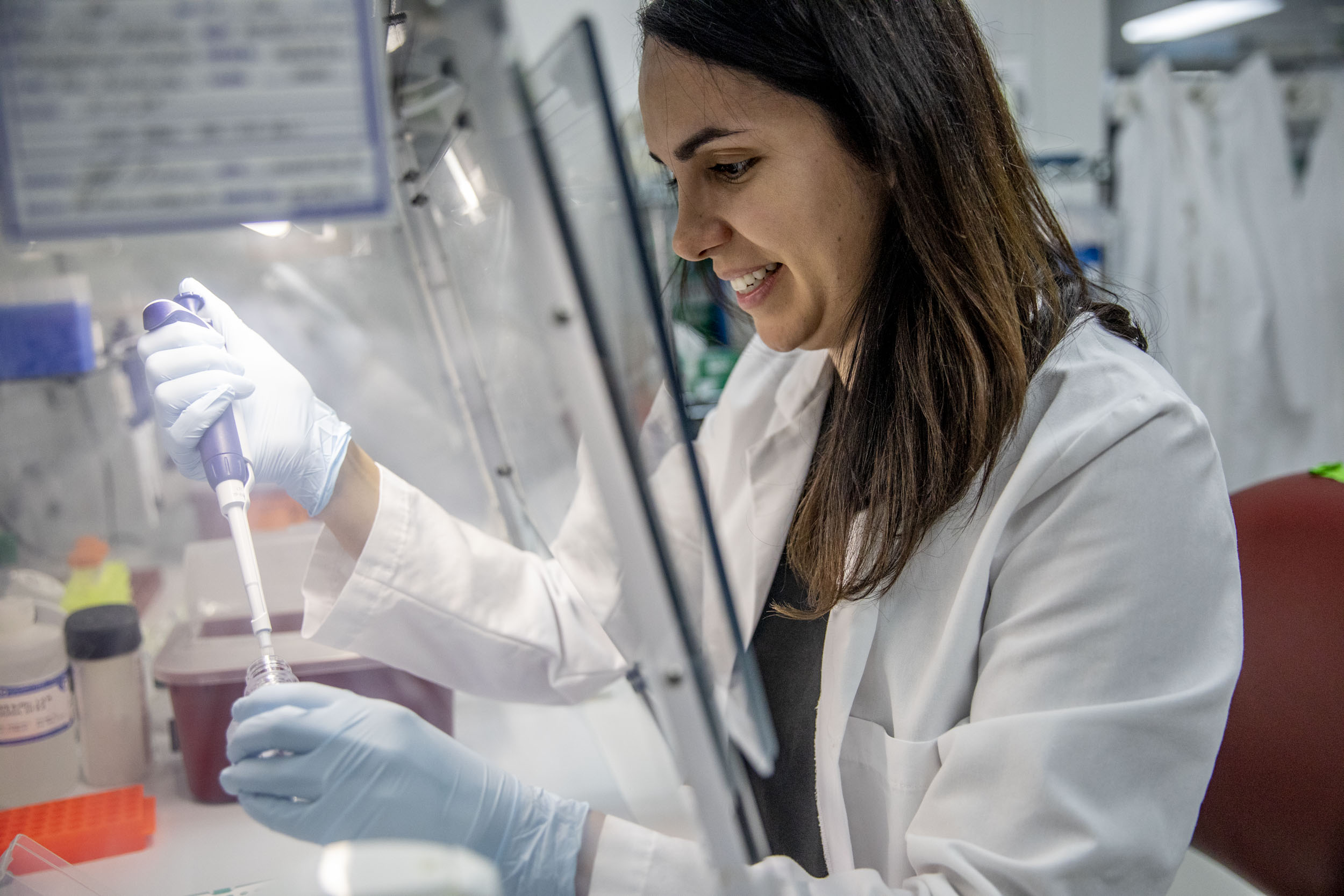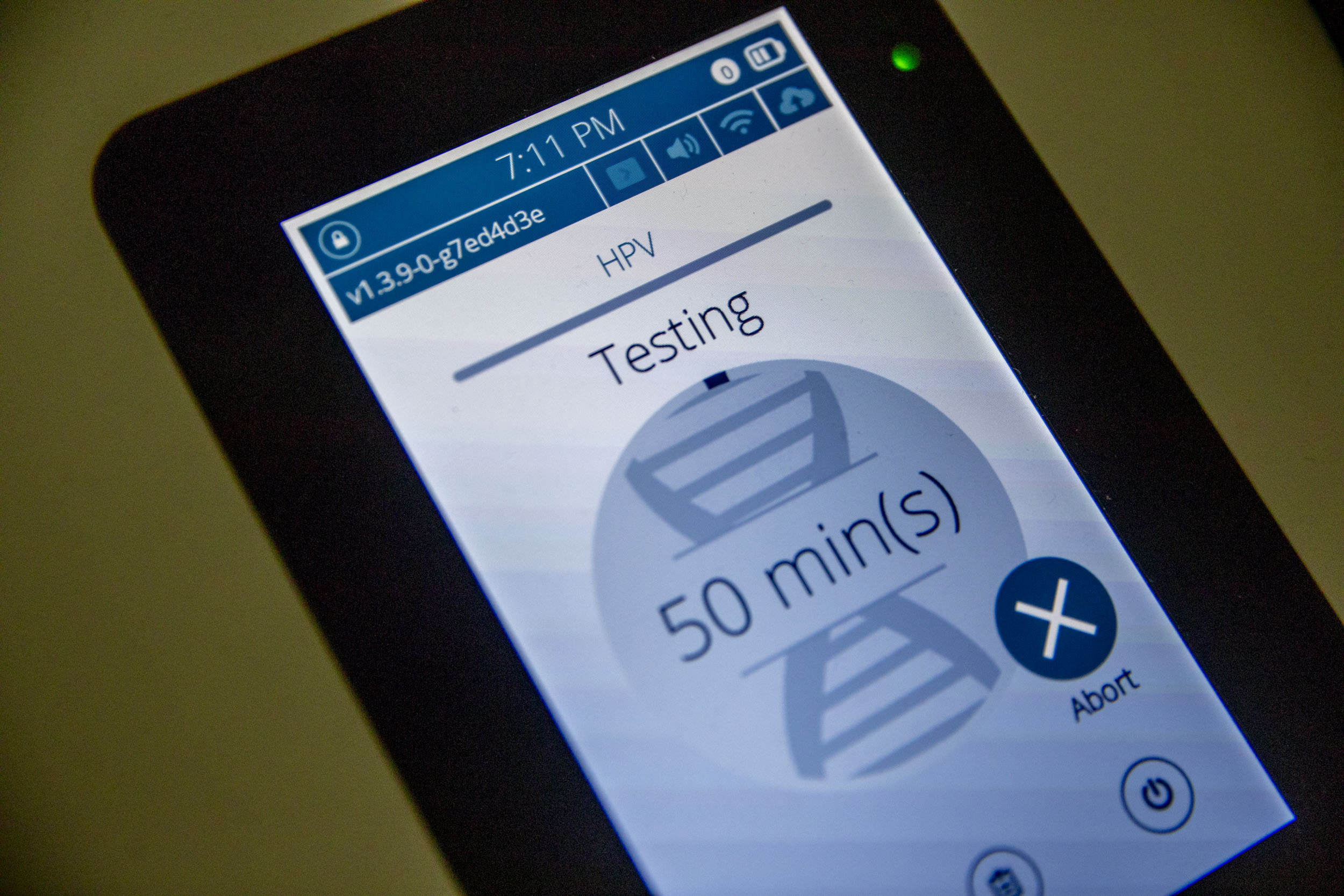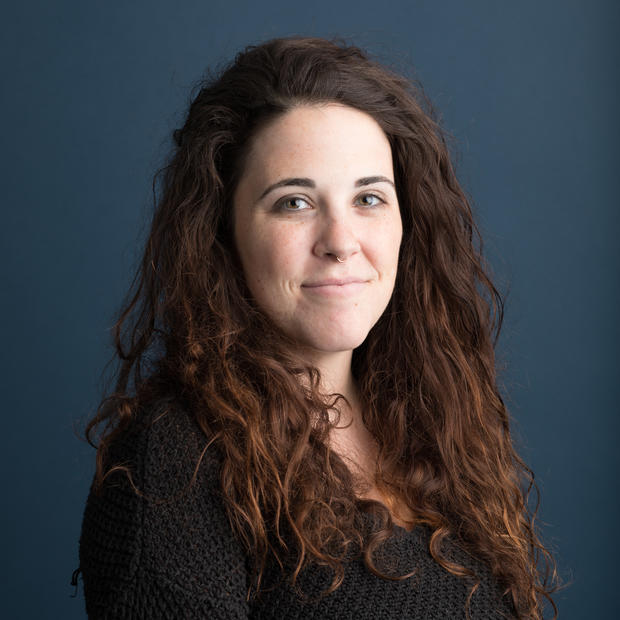This interview has been lightly edited for clarity.
My dad is an electrical engineer, but we didn't really talk about that growing up. He just went to work and I feel like, for a lot of kids, your parents just go to work. No one else in my family was in any sort of STEM industry. But I got interested in school, and my dad actually did set up different activities for me. He would put up these circuit boards, and we would connect circuits together to turn on the lights or turn on the radio. There were enough of those little things that I was exposed to that probably did influence my decision-making in the future.
I'm from Chicago originally and I stayed there all through high school. My high school is right across the street from one of the larger hospitals in Chicago, so I did a lot of volunteer work there. I thought about being a doctor, but being a doctor in the U.S. didn't feel quite right. One of the doctors [at the Chicago hospital] had done a residency or some work in low-resource settings and we just got to chatting — I think that's where it started, that conversation, and I started looking into global health more.
I ended up at a lab in the School of Public Health at [Johns Hopkins University during undergraduate years] within infectious disease research and it fit. I felt like I could be a doctor and help a certain number of people and that would be really great, but I felt like I could do more. And one thing that was really appealing about research in technology development is there’s an opportunity to build tools that could serve many different populations in a kind of wide-spectrum way, as opposed to being in the clinic and seeing X number of patients.
At that time, I wasn't necessarily thinking low-resource settings. It could be low resource, it could be high resource. To me, there wasn't a distinction until I started working with infectious disease lab. Then I was all in.
I did a short stint at the [National Institutes of Health] as a technician in the lab [studying malaria]. It was definitely the first door and first exposure for me to global health and infectious disease.
Something really interesting about infectious diseases is that they're really old. They've evolved with us. There are many different things that have been tried [to combat them] or implemented. One is the technology. One is implementation. One is education. But in learning about those different components and learning about the disease, you learn about the communities that are affected. So it's not necessarily about the disease and maybe more about the communities and the people.
What I was looking for [post-undergrad] was more translational research, industry-type research. A place where you know there's actually technology development and, in the end, there's this tangible product that's being implemented in communities that's impactful. I wanted that to be the driver of the work, not necessarily return on investment.
Many people were like, “That doesn't exist. That's crazy.” But I talked to Dhileep Sivam [director of scientific programs at Intellectual Ventures], who works for [IV CEO] Nathan Myhrvold. And he was like, “Oh, we have a lab. It sounds really aligned with your interests and with your passion.” And that's kind of how it all started, with conversations with many different people and being like this is what I'm passionate about, this is what I'm interested in, how do I find this?
I am a research scientist [at tech research and patent company Intellectual Ventures] and I lead different technology development projects that serve low-resource settings. The main project right now is a technology. It’s a [human papillomavirus] diagnostic to aid cervical cancer screening in low-resource settings.

We've been working on developing an HPV diagnostic so you can take a cervical swab or vaginal swab from a woman and we can look for the HPV DNA in that sample. If she is infected with HPV, then we have information to help her move through the health care system to get the treatment or referral. We have an ongoing field study in Lima, Peru, in two different clinics.
Ninety-nine percent of cervical cancer cases are caused by HPV. That's in and of itself really interesting because there aren't that many cancers where we know the causal agent. Not only that, we know that if we implement screening and it's paired with effective treatment — and there are effective treatments. It can reduce mortality.
Most of the burden is in low-resource settings. Eighty-five percent of cervical cancer cases happen in low-resource or developing countries, and every year 250,000 women die from cervical cancer. The majority of those cases happen in low-resource settings because they haven't had the right technology to support cervical cancer screening, paired with the treatment.
Lima is huge. For the districts that are on the periphery, there are women there that have never been to downtown Lima. And so there are mobile clinics that go out to these districts that we've worked with and with the midwives in those clinics, trying to better understand how they service these communities. We’re trying to understand what technologies would be most impactful for them and for these women, and how to increase the screening rates and get them to referral clinics if they need to.
I've been twice. A lot of times we're talking to the physicians to understand what their day to day is like — how many women they're seeing, what tools they currently have available to them. And then we also talk to the midwives there. They have a different relationship with the women. They ask a lot more questions. And we talk to women themselves. Do they want access to HPV screening? Do they know what HPV screening is useful for? Do they understand their risk for cervical cancer? Things like that.
On this most recent project, I think it's more personal for me. I'm working in women's health [and] the age range that we're trying to target where it's most impactful for women to prevent the progression to cervical cancer is right in my age range. I go for a pap smear every two to three years. I have access to these resources, and it's really for no other reason except that I live and I work here in a country like ours. There's no reason that can't happen in these low-resource settings except that they don't have a suitable technology.
These women look like me. They have children that are the same age as my son. It could be me, it could be us, right?
We've done it in countries like the U.K. or more developed countries, so we know it works and there's no reason it can't work in low-resource settings. We just don't have the suitable screening technology. There are effective treatment options for these regions — they just need to be paired with the right screening technology.

There are basically three main drivers. We want to make it super easy to use. We want people at different levels in the health care system to be able to operate it, so there's not a bottleneck — you're not waiting necessarily for a physician to run it. And cost per test, we want to be really low so clinics or health ministries will take it up and implement it widely.
One issue in these communities is that you may see a woman only once in her lifetime. If that's the case, you want to make sure you can deliver those results to her during that visit. And so we often have those three components in mind when we're designing this technology. Is it fast enough? Is it cheap enough? Is it easy for someone to use? Can a non-health care worker use it? That's the ultimate goal.
For me, global health is about access and quality of life and equity. Everyone should have access to basic health care services that then lead to a higher quality of life. I think sometimes we take that for granted in our own country because of the resources that are available to us.



